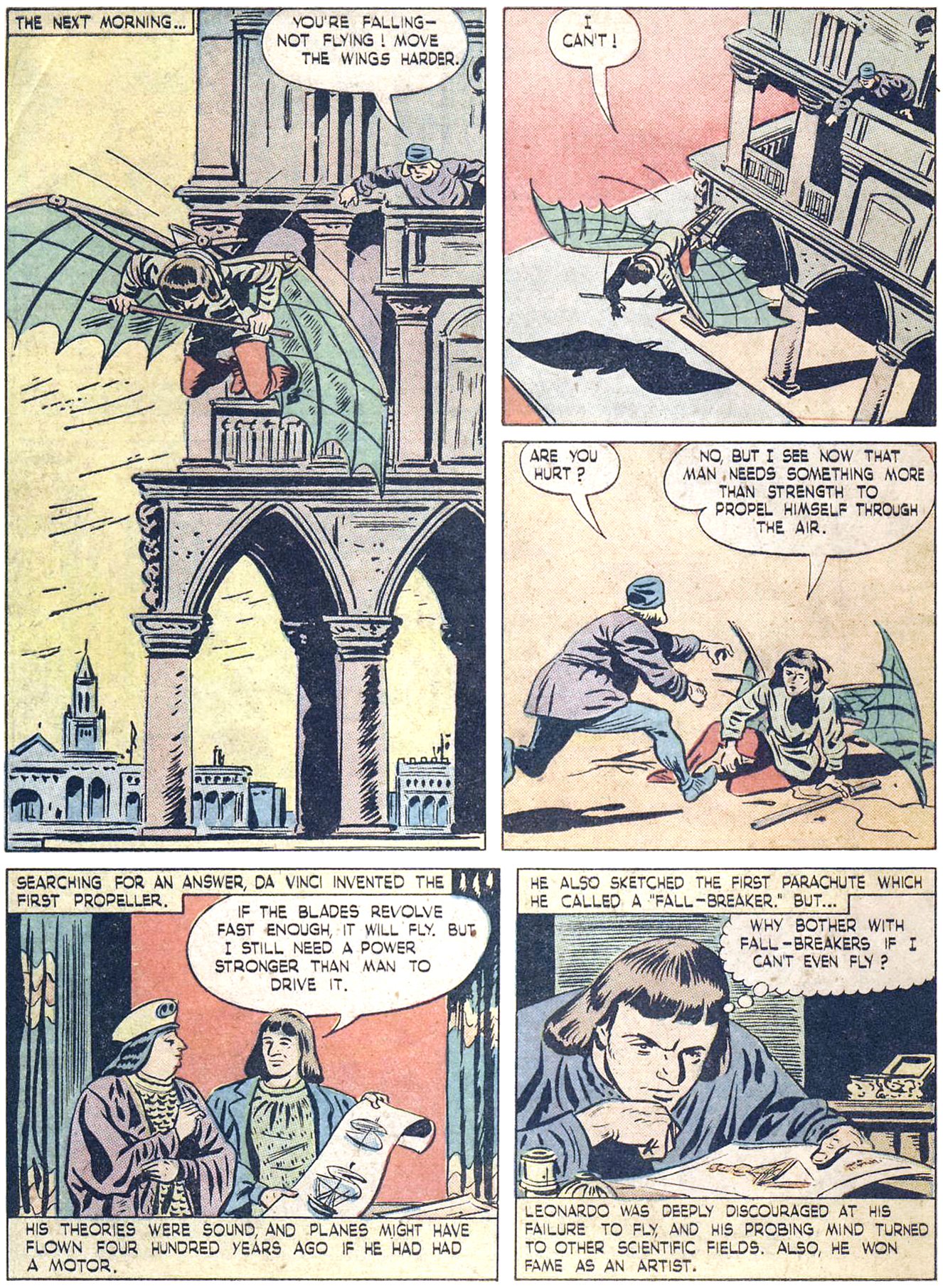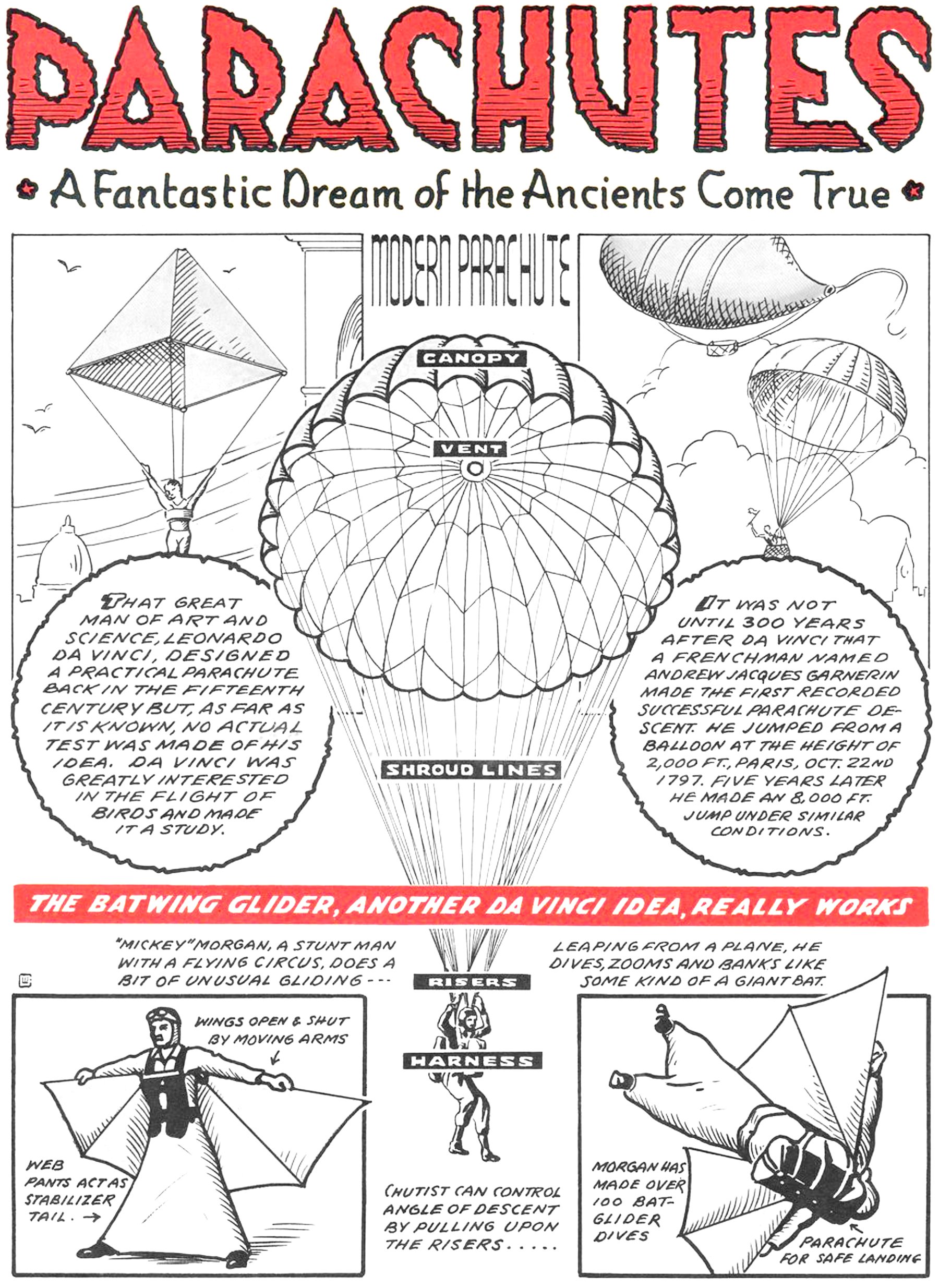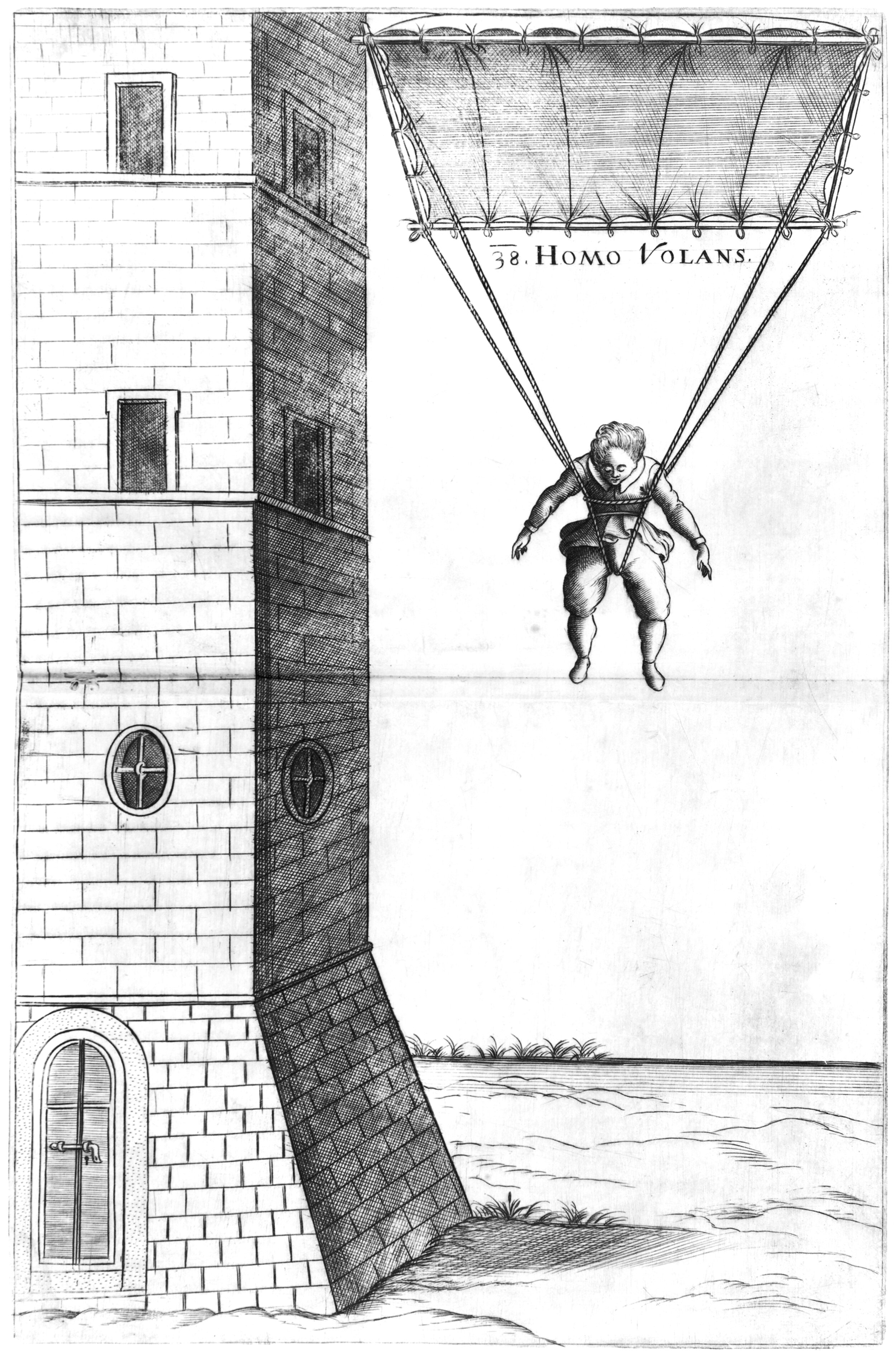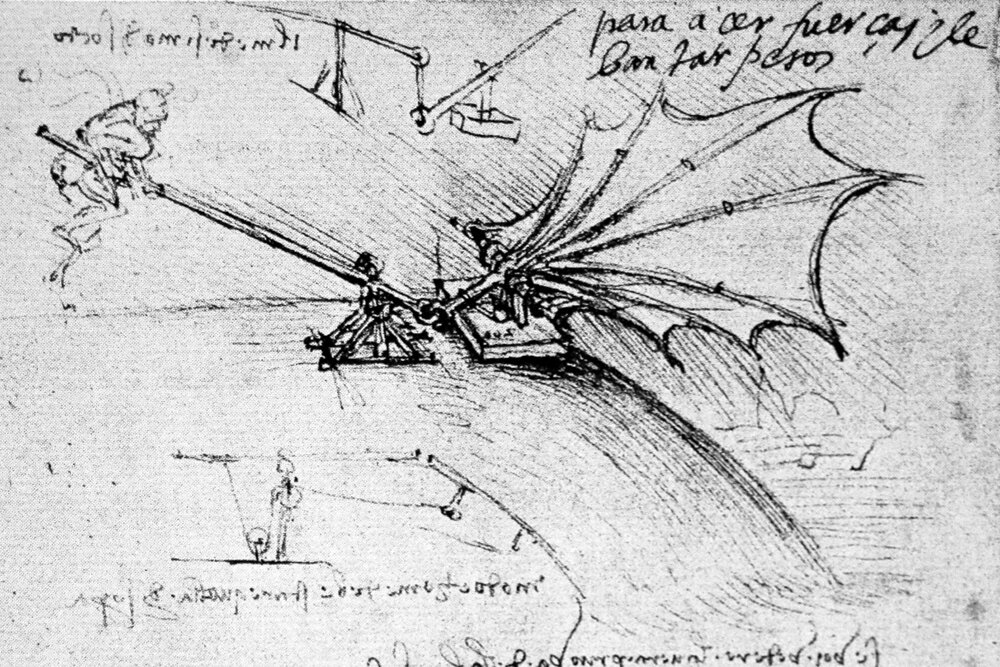Welcome to On Verticality. This blog explores the innate human need to escape the surface of the earth, and our struggles to do so throughout history. If you’re new here, a good place to start is the Theory of Verticality section or the Introduction to Verticality. If you want to receive updates on what’s new with the blog, you can use the Subscribe page to sign up. Thanks for visiting!
Click to filter posts by the three main subjects for the blog : Architecture, Flight and Mountains.

Introduction to Verticality
Ever since humans descended from the trees and out onto the savannah, we’ve gazed upward in wonder at the sky and the stars. Until fairly recently in our history, this space above our heads was a mystery. Our ancestors would witness the diurnal movements of the Sun and the Moon, and the brilliance of a glowing sunrise or sunset. The clouds would drop water and thundering bolts of light and energy. At night, they would witness a spectacular tapestry of light-emitting dots, and connect them into elaborate shapes. The sky has been a continual source of wonder throughout our history, and we’ve spent countless hours thinking about the world we see above our heads.

Leonardo da Vinci : 500 Years Too Soon
I see now that man needs something more than strength to propel himself through the air.

Parachutes : A Fantastic Dream of the Ancients Come True
Pictured above is a page from a War Heroes comic book from 1943. It features a few examples of parachutes and a flying suit called the Batwing Glider. At the center of the page is a modern parachute, complete with its canopy, vent, shroud lines, risers and harness. Flanking this drawing are two historical examples of parachutes. The first is a sketch from Leonardo da Vinci’s notebooks circa 1495, and the second is the world’s first successful parachute descent by André-Jacques Garnerin in 1797. This triad presents a concise, albeit incomplete history of parachute design, but it does do a good job of visually connecting a modern parachute to its ancestors.

How to Fall : An Early History of the Parachute
Throughout the history of human flight attempts, the number one cause of death and injury has been a fall from a high place. In the early days of flight attempts, most examples involved jumping from a high perch and trying to stay in the aloft for as long as possible. Alongside these attempts at flight, others were concerned with the art of falling. How could a person leap from a high place and return to the surface safely? The resulting paths of thought make up the early history of the parachute.

Leonardo da Vinci’s Saint John the Baptist
This is Leonardo da Vinci’s painting Saint John the Baptist, painted near the end of da Vinci’s life and career, sometime around 1515. It shows the saint, dimly lit against a dark background and gesturing with his right hand up to the sky. His upward gesture is the focus of the work, since his arm is the closest to the frame, and also the brightest part.

Leonardo da Vinci and Human Flight
Leonardo da Vinci is one of the most influential and prolific thinkers in human history. He is most famous for his paintings, but the man was a true polymath, and he studied and thought about myriad subjects. There is an obsessive curiosity that surrounds his oeuvre, and there doesn’t seem to be a limit to what he would explore. For our purposes here, we’ll focus on his quest for human flight, which he pursued from the late 1480’s to the mid 1490’s.
"The human bird shall take his first flight, filling the world with amazement, all writings with his fame, and bringing eternal glory to the nest whence he sprang."
-Leonardo da Vinci, Italian painter and inventor, 1452-1519
"Once you have tasted flight, you will forever walk the earth with your eyes turned skyward, for there you have been, and there you will always long to return."
-Attributed to Leonardo da Vinci, Italian painter and inventor, 1452-1519
